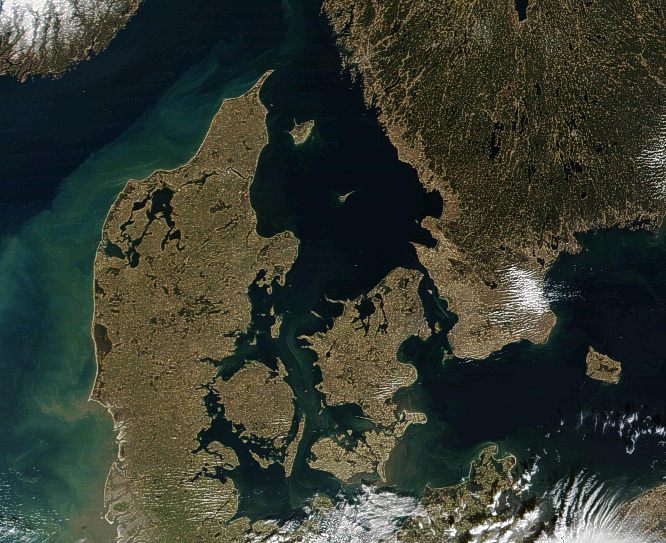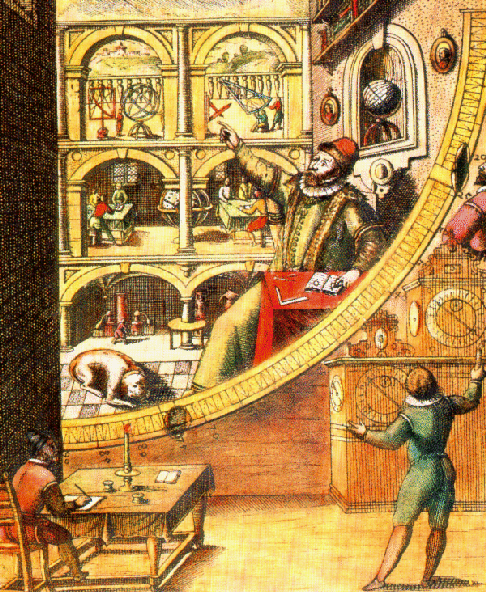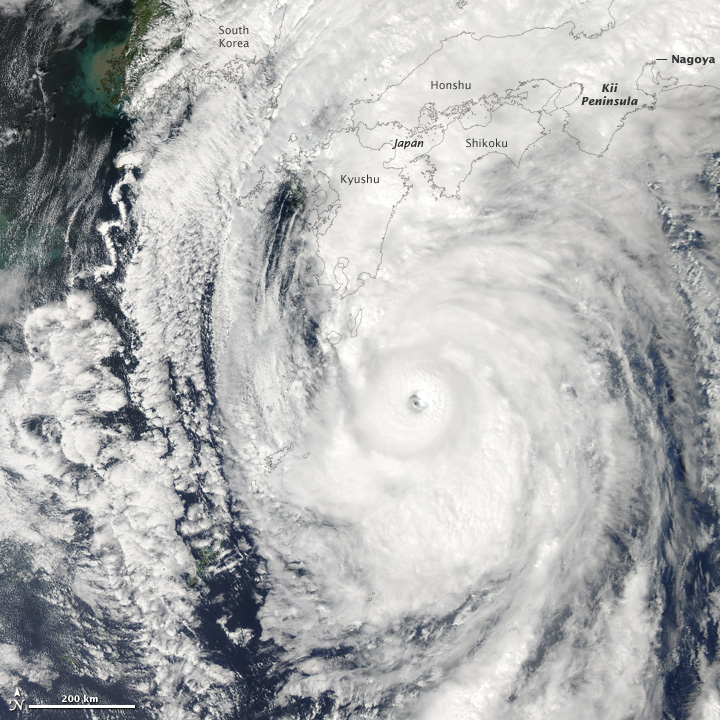This will be my third post in a row, but starstruck, I can't resist commenting on what you said in your latest post:
The last two winters here in Britain have been much colder, with more snow for longer than we have been used to for many years. I am awaiting what happens this winter to see if there is a trend emerging towards more extreme conditions. Three in a row could begin to look like an emerging pattern. I don't relish the thought of another hard winter at all. But what will be, will be.
The last two winters have been pretty awful here in Sweden too, believe me!


But things have been bad in the past, too. And we have had bad winters for three years in a row before, too.
This picture is from Helsingborg in late 1942 or early 1943. Helsingborg, like Malmö, is situated on the Strait of Öresund, which is quite often open, without any ice at all, in winter. But the first three winters of the 1940s, 1940/41, 1941/42 and 1942/43, were very bad. The last of these three winters was the worst. To the left in this picture is Öresund, and you would have expected to see, basically, open water. But just check out how much ice there was that year!



Can't resist showing you this image, which I found as I googled for an image of the Strait of Öresund covered with thick ice. This is a satellite image of Denmark, but Skåne, the southernmost part of Sweden, can be seen so clearly, too. (But no ice is visible.)
At top left you can see the southernmost part of Norway, which seems to be partly covered with snow. The long peninsula at left is Jylland, apparently called Jutland in English. All but attached to Jylland is a roundish island called Fyn, and to the right of Fyn is a "wiggly and squiggly" rather large island called Sjælland (Sealand in English). To the right of Sjælland is a squarish peninsula, attached to a land mass at upper right. The squarish peninsula is Skåne, and the body of water between Sjælland and Skåne is the Strait of Öresund.
By the way, can you see two small islands located in the Strait of Öresund? The northernmost of these is Ven (or Hven), the island where Tycho Brahe lived and made the observations of the stars and the planets which laid the foundations of modern astronomy!
Tycho Brahe observing the sky from the island of Ven with his most famous astronomical instrument, the big quadrant.
Tycho Brahe staring at the supernova of 1572 in Cassiopeia, a Type Ia event, just like the current supernova in the Pinwheel Galaxy (M101), Supernova 2011fe. With his astronomical instruments, Tycho was able to prove that the mysterious new star of 1572 was farther away from the Earth than the planets, since it showed no parallax.
By the way, I think the person who made this engraving(?) was himself not too sure of what the starry sky looks like from the latitude of the island of Ven. Cassiopeia never looks like that from Scandinavia, so from our point of view the Queen of the Heavens appears to be upside down in this picture!
Ann


















